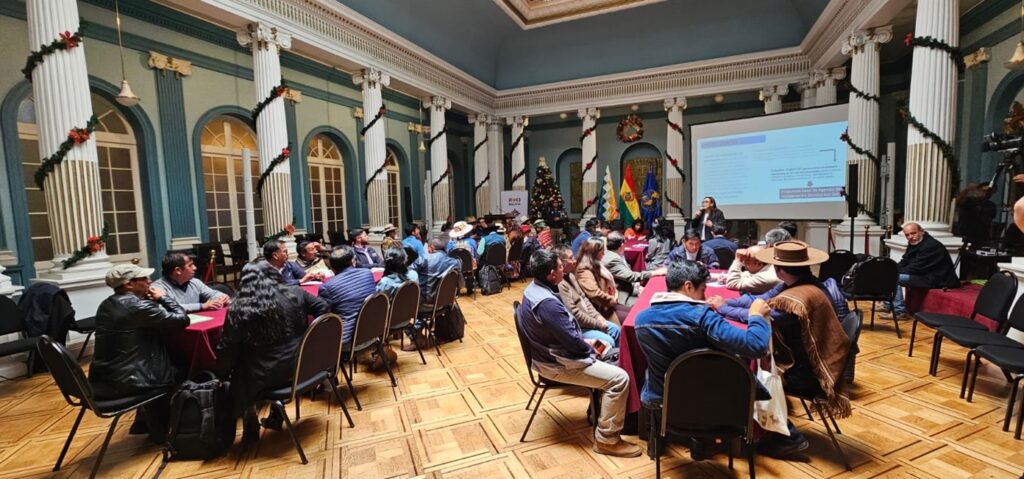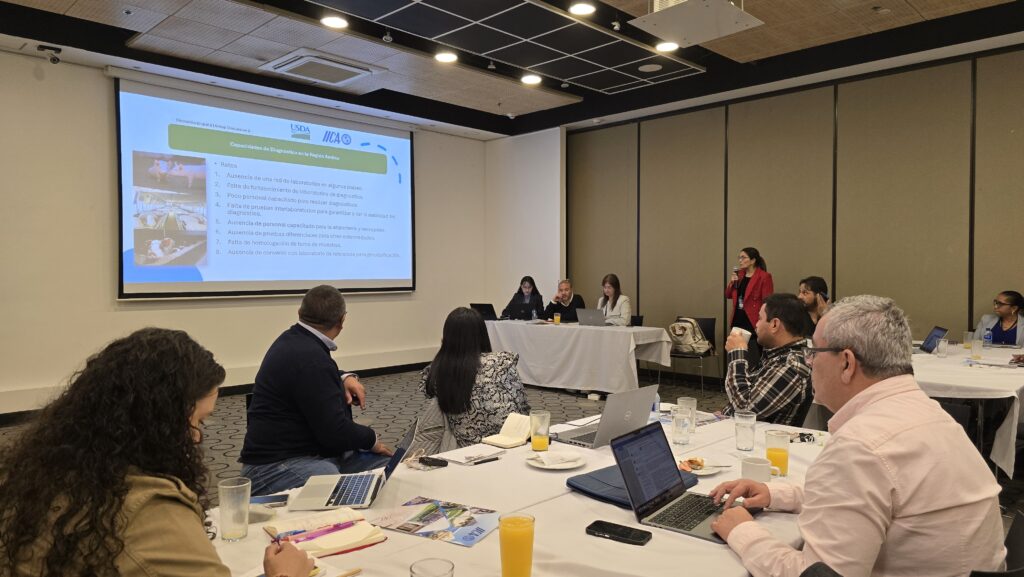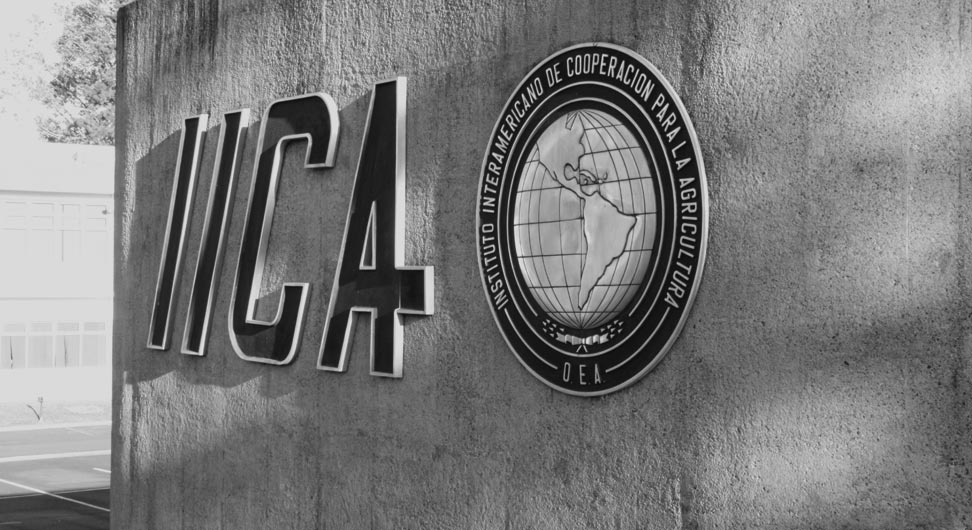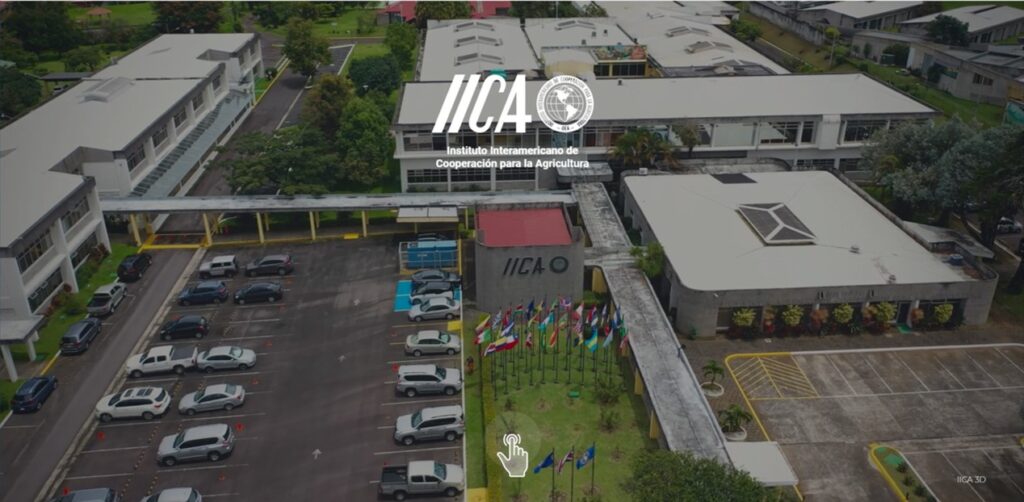Actualmente, el INIA y el IICA desarrollan un proyecto en conjunto que prueba riego subterráneo y riego superficial por goteo en el arroz, realizado a diferentes distancias y profundidades.

Santiago, Chile, 30 de noviembre de 2023 (IICA) – El arroz climáticamente inteligente, desarrollado por el Instituto de Investigaciones Agropecuarias de Chile (INIA) junto al sistema SRI (System of Rice Intensification, por sus siglas en inglés) e impulsado por el Instituto Interamericano de Cooperación para la Agricultura (IICA) en las Américas, tiene como características salientes ser producido con hasta la mitad del agua que necesita el tradicional, un 80% menos de semillas y una reducción de emisiones de metano a través de la siembra directa e innovaciones como el riego subterráneo y por goteo.
Mediante un proyecto enfocado en el desarrollo de un sistema de producción de arroz con riego por goteo superficial y subterráneo para el Maule y Ñuble, principales regiones arroceras chilenas, y con la estrategia de disminuir la vulnerabilidad de este cultivo frente al cambio climático, la iniciativa apoyada por la Fundación para la Innovación Agraria (FIA) y que ejecuta el INIA en conjunto con el IICA y las organizaciones de agricultores arroceros busca seguir innovando hacia un arroz más sustentable.
La nueva etapa de un largo camino de investigaciones y logros participativos de un sector que ha trabajado uniendo esfuerzos públicos y privados, con un gran apoyo de los mismos productores que año a año han visto disminuir su capacidad de riego y entienden que deben ir adaptándose a las nuevas condiciones.
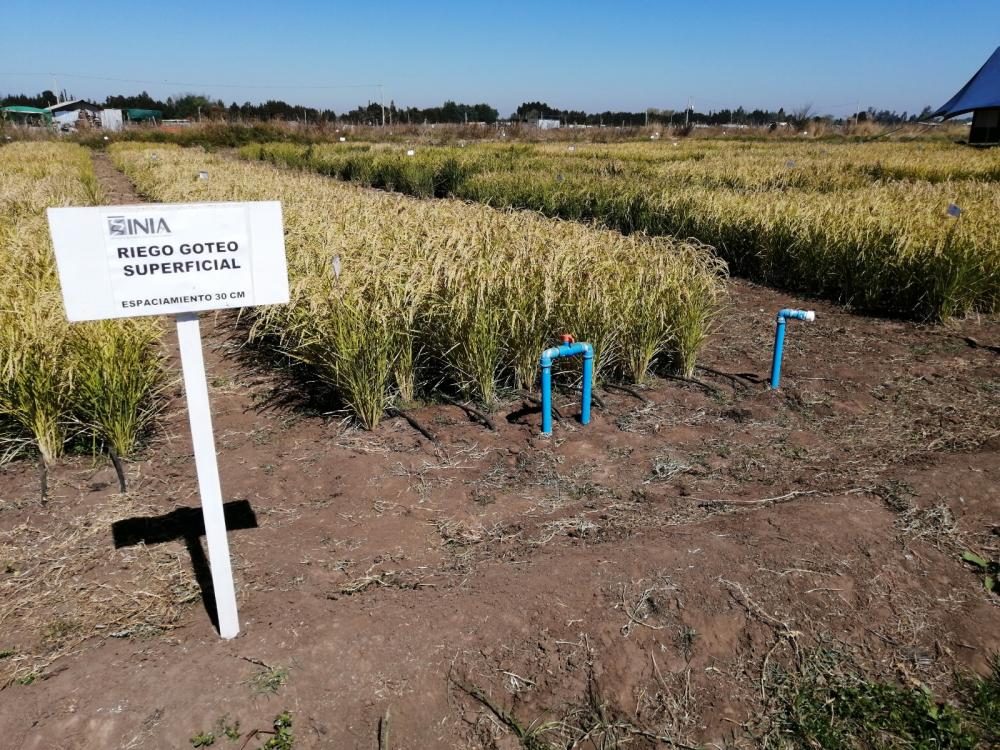
Juntos trabajan bajo el concepto de investigación participativa, sumando la experiencia de los productores más un trabajo integral que consiste en investigación y desarrollo de semillas adaptadas, siembra directa o mecanizada, riego intensivo en base a control de inundaciones o con sistemas de riego eficientes, y también apoyados fuertemente por una extensión rural en constante diálogo y capacitación en terreno.
Karla Cordero, investigadora encargada del Programa de Mejoramiento Genético de Arroz del INIA, ha liderado este desarrollo en Chile y fue recientemente invitada a la Conferencia Mundial del Arroz 2023 realizada en Manila, Filipinas como representante de Latinoamérica en el desarrollo de la metodología del SRI en Chile, por el SRI GLOBAL y el SRI Rice de la Universidad de Cornell, Estados Unidos. Allí expuso sobre el trabajo realizado en conjunto con el IICA para impulsar la producción de arroz climáticamente inteligente.
La conferencia debatió cómo profundizar la sustentabilidad del arroz. “Muchas de las presentaciones y ponencias magistrales estuvieron enfocadas en la siembra directa, en el aceleramiento del mejoramiento genético y también en la incorporación de tecnología en todo lo que es la producción de arroz a nivel mundial y para fortalecer la seguridad de alimentación del mundo”, dijo Cordero.
“Lo que fuimos a presentar fue el desarrollo que hemos hecho como INIA con la parte de nueva genética disponible que tenemos para el rubro, y con el IICA, en conjunto con los agricultores del grupo de Innovación participativa que formamos, donde hemos avanzado de manera conjunta de este paquete agronómico que permite la producción de arroz sin inundación, en donde se mantienen los altos potenciales de rendimiento, reduciendo los insumos como semillas y agroquímicos y también incorporando el control mecanizado de maleza y la oxigenación del suelo, para poder crecer el cultivo en ausencia de la lámina de agua solamente con riego intermitente” comentó.
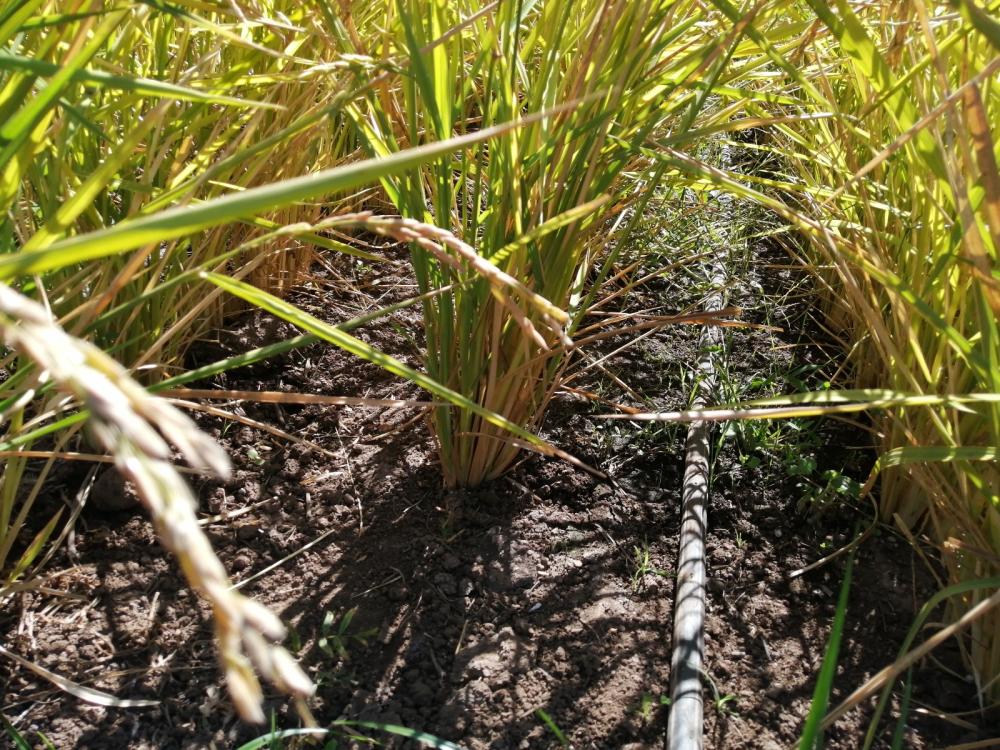
Actualmente, el INIA y el IICA desarrollan un proyecto en conjunto que prueba riego subterráneo y riego superficial por goteo en el arroz, realizado a diferentes distancias y profundidades.
“Estamos probándolo en variedades más bien preparadas para estas condiciones, las cuales se llaman aeróbicas, que son capaces de crecer con el 50% menos del requerimiento hídrico; eso lo estamos haciendo con diferentes variedades y también haciendo un trabajo de extensión en el campo junto a los agricultores, para ver si es factible poder realizar con este nivel de tecnificación y eficiencia el riego en el arroz y así eliminar la contaminación por metano y óxido nitroso al ambiente”, concluyó la investigadora.
Más información:
Gerencia de Comunicación Institucional
comunicacion.institucional@iica.int
